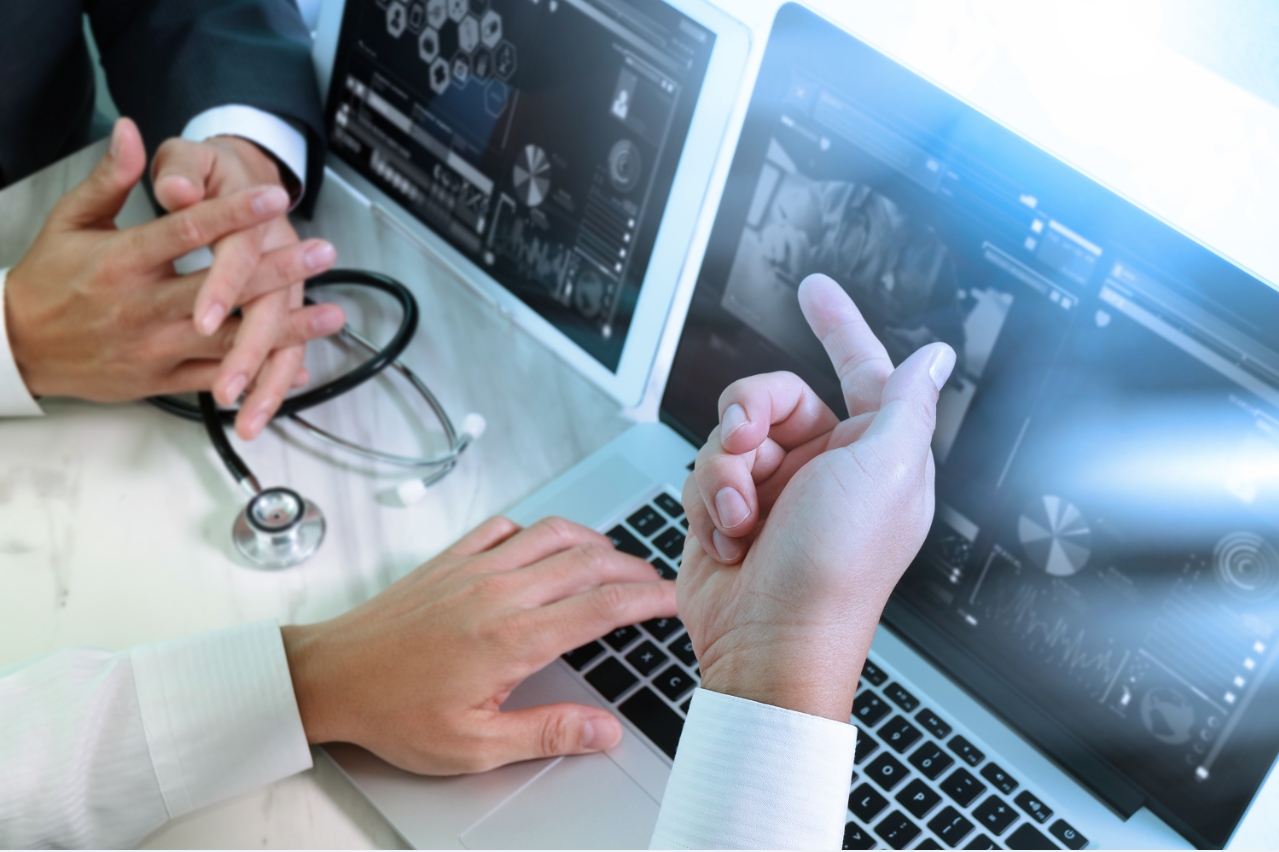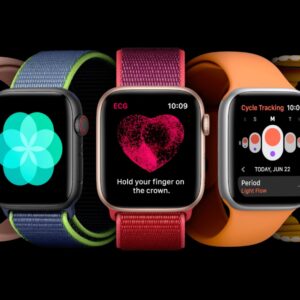From applying leeches in medieval times to the development of nanotechnology in the modern world, we have come a long way. Let’s take a look at this guide and follow the new healthcare industry trends about technology. For more info, you can check out metime.com.
How is technology changing the healthcare sector?
In the medical industry, tech is associated with multiple radical changes. People can handle the COVID situation better because of the presence of tech in the healthcare setup. Here are some of the most widely recognized and used tech changes in the Health sector:
Telehealth
With telemedicine, you can receive medical attention via various communication modes, including audio or video calls. You can now connect to the best healthcare professional from any part of the globe.
Electronic Health Records (EHR)
Doctors had to face various problems due to the manual record-keeping process. There was always a threat of damaging or losing data. This problem is solved with the help of EHRs. Moreover, it’s comparatively easier to transfer the details of a patient to another doctor.
Machine Learning Through Advanced AI
Many applications are aided by an AI, capable of learning and developing on their own. The AI uses information uploaded in the database.
What are theBenefits of Technology in the Healthcare Sector?
The entry of tech in medicine can be considered a blessing in disguise for many doctors and patients. Some of them are mentioned below:
Increased Level of Accessibility
The beginning of telemedicine was marked by the accessibility of healthcare services for all the people. Imagine you live in a remote area, and you see a rash on your arm. All you need to do is click a picture and upload it along with your application symptoms. Then it will direct you to a proper doctor.
Better Disease Control
It helps people detect problems at an early stage so that doctors could stop the prognosis of a particular disease. It can also prove to be handy to figure out the possibility of new conditions and ways to tackle them.
Additional Job Openings
People always fear that machines would replace them, and they could end up losing their jobs. Instead, you would require people that can guide you through the maze of systems and complex machinery. This situation, in turn, means more people would get hired.

Technology and Healthcare: Some of the Common Challenges
Once you begin to bring a change in the world, you’re bound to face some challenges. They help you to find loopholes in your products or services so that you can improve them. The developers are always vigilant regarding the ability of their device or software to function at full capacity.
A brief list of challenges are posing a threat to the advancement of the medical sector:
A Breach of Security
A person’s medical records consist of much detailed personal information. If it falls into the wrong hands, it can cause unimaginable damage to the person. Moreover, some places are still using old tech, making it easier for hackers to get their hands on the precious data. Medical device cybersecurity is a part of this, and it’s an area healthcare businesses need to invest in.
Physicians Facing Adaptability Issues
In most medical setups, you might find physicians that are experienced and accomplished in their fields. However, this experience comes from years of practice. So, at their given age, learning a complex skill can cause hindrance to the workflow. Even if they can get the hang of a tech piece, it might get replaced with another version.
Using Old Technology
Many hospitals and small scale clinics find it hard to keep up with the changes as new technology is quite expensive. Moreover, there’s a chance that your vendor drastically stops making that particular product without any warnings. So, if that system stops working, then your entire workflow and structure might come crumbling down.
Difficulty in Asset Tracking
Any medical facility is filled with many machines that are used by different departments. With the EHR innovation, all of you need to do is scan the barcode, and every record would be digitalized. However, as astounding it sounds, it can be a bit more chaotic. Due to the lack of structure and organization of the data, bringing forth the information could be problematic.

Upcoming Changes in the Health Sector with Regards to Technology
As you know, people would keep searching for new ways to make your lives more comfortable and hassle-free. It’s safe to say that you’re now familiar with the tech’s involvement in medicine. Here’s what more you can expect in the coming years.
Augmented Reality
The touch of reality makes augmented reality different from virtual reality. The ability to make speedy availability of data has paved the way for AR in the medicine market. It can be beneficial for students learning to be surgeons or physicians. As compared to a dummy or real body, you can better understand human anatomy with an AR.
Robot-Assisted Surgeries
Telehealth can be of aid for numerous purposes, but you still need to visit a hospital for surgery. Robots in operation theatre can cut down the chances of human error to a great extent. This improvement, in turn, decreases the pain and speeds up the recovery process. Moreover, it can also shield the doctors from all the tremendous amount of stress they bear.
Nanomedicine
The presence of nanotechnology inside someone’s body could be overwhelming to some people. However, what people fail to understand is that it can help us better understand complex issues like cancer or allergies. The primary role of nanomedicine is to detect, treat, and even restrain various diseases from spreading.
3-D Printing
It has vast potential, from printing artificial limbs to creating blood vessels. Individual doctors are trying to perfect the art of printing actual human skin, which includes blood vessels. It can be a boon for people suffering from third-degree burns. Soon, you can also expect the pharmaceutical companies to print FDA approved 3-D drugs.










